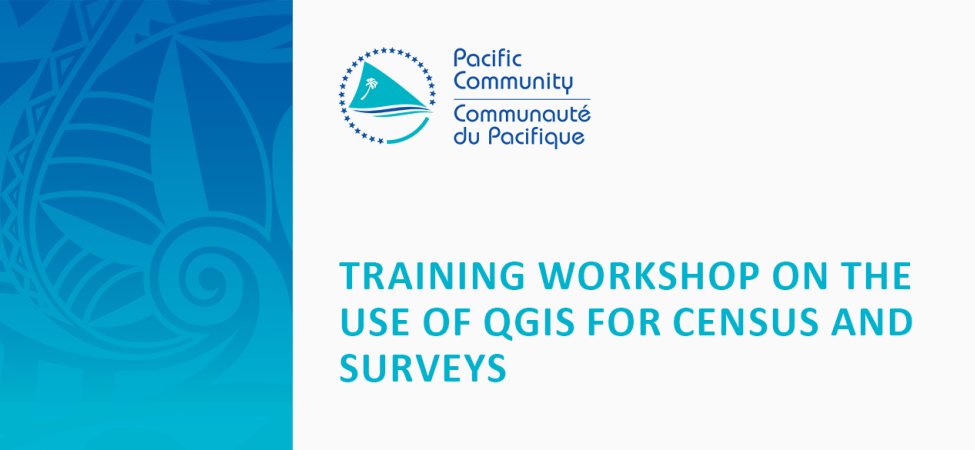Fiji Bureau of Statistics is endeavouring to use alternative GIS software from ESRI platform and evaluate open-source options to carry out the mapping and GIS work included across the statistical data collection, production, and dissemination cycle. This capacity building activity aims to set the platform on using open-source mapping software for the next census and surveys mapping activities.
The training will be presential and will include two courses: QGIS advanced training on the 9th and 10th of February and a QGIS basic training on the 13th to 17th of February.
Training program and contents.
QGIS Advanced training for FBoS GIS officers. (9th and 10th of February)
Module A1. Automating map production (advanced features)
- Atlas tool overview
- Advanced ruled based labelling and vector styles.
- Dynamic Table inclusion (specific for Surveys)
- Atlas approach examples (map different locations, map different indicators over the same area)
Module A2. Raster analysis for Statistical Data.
- Raster data processing and 3D visualization
- Introduction to gridded population datasets
Module A3. Model Builder. Automating and sequencing geoprocessing tasks.
Module A4. Survey Solutions mapping integration (system managers)
- SS Mapping modules
- Production and setting up offline maps in Enumerator app environment
- GIS solutions on a HH listing questionnaire in Survey Solutions (Tablet and Headquarters overview)
Module A5. Population Grids
- Modelling spatial population distribution using census data in R environment. Fiji specific example
QGIS Basic training. (13th and 17th of February)
Module B1. Overview and Introduction to QGIS
- Software installation and overview
- Plugins
Module B2. Vector layers.
- Household locations datasets.
- Enumeration Area frameworks, maintenance and updating processes for Census and Surveys purposes. (EA harmonization, Topology corrections)
- Vector analysis and geoprocessing (cost distance analysis, dynamic spatial joins, etc)
Module B3. Automating map production
- Atlas tool overview
- Advanced ruled based labelling and vector styles.
- Dynamic Table inclusion (specific for Surveys)
- Atlas approach examples (map different locations, map different indicators over the same area)
Module B4. Project and Data management.
- Geodatabases
